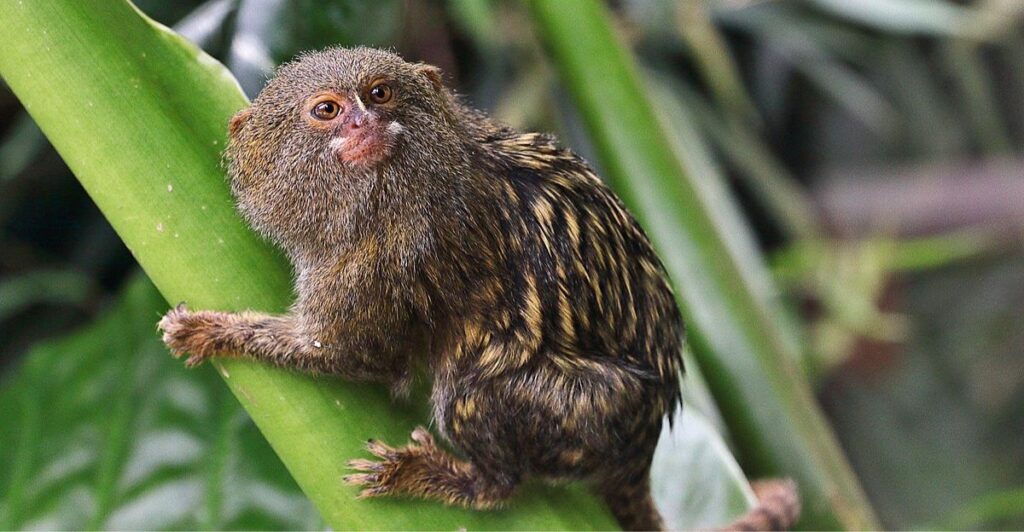
Rainforests hold secrets that astonish even the most seasoned nature enthusiasts. Among their towering trees and hidden streams are unique creatures that seem almost magical. Let’s explore these animals, which offer a glimpse into nature’s unmatched creativity.
1. Golden Lion Tamarin: A Jewel of the Canopy
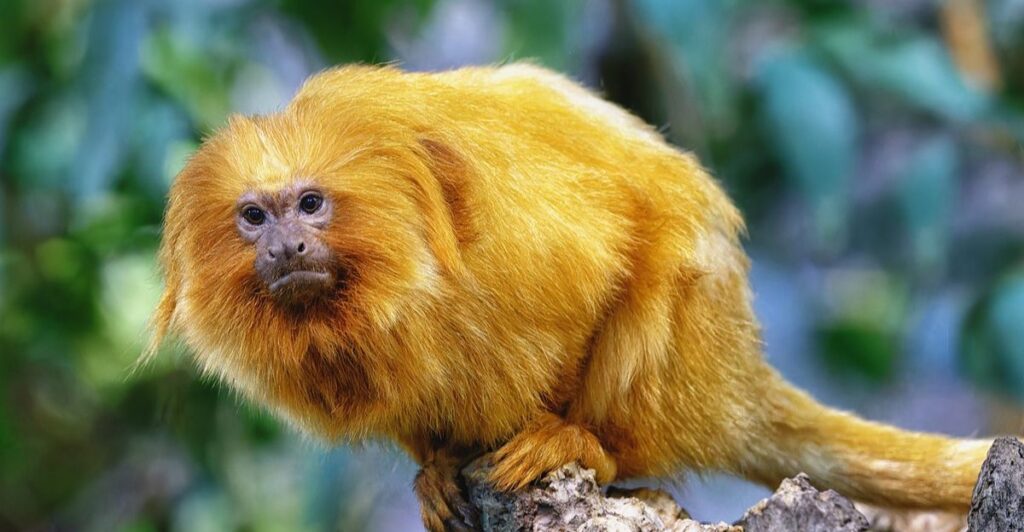
Flashing fiery orange fur, the golden lion tamarin swings through the Atlantic Forest in Brazil. They live in close-knit family groups and play an important role in seed dispersal. Conservation efforts have helped recover their population, which makes them a true rainforest comeback story.
2. Glass Frog: Nature’s Transparent Secret
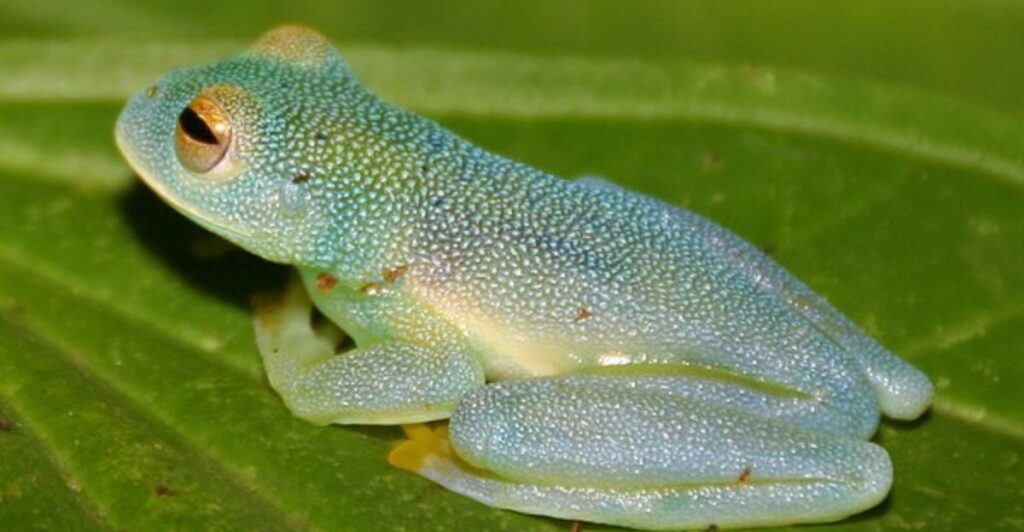
Look closely, and you’ll see the heart beating inside a glass frog. These tiny amphibians live along rainforest streams, where translucent skin provides near-invisibility. Notably, they can be found in Central and South America.
3. Western Pygmy Marmoset: Tiny and Tenacious
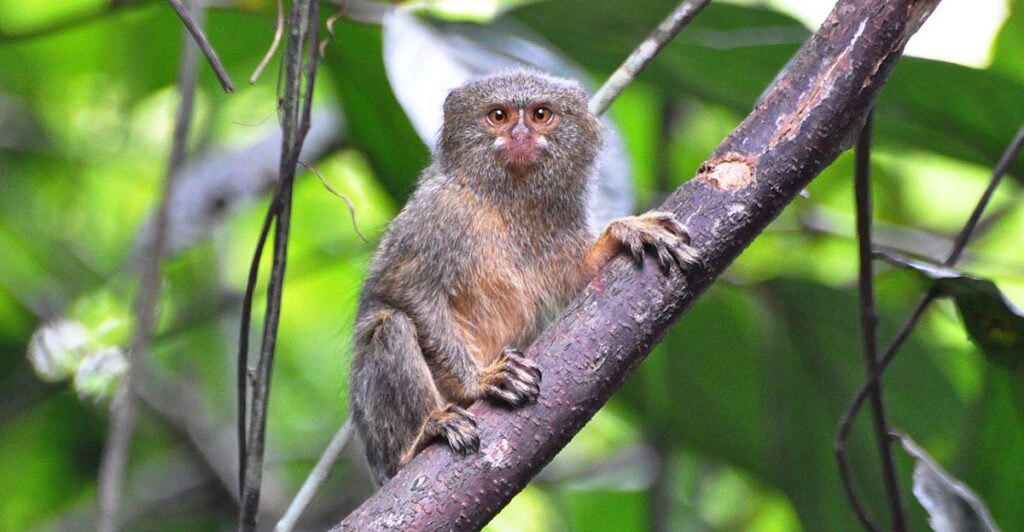
What’s smaller than a soda can but full of personality? The western pygmy marmoset, the rainforest’s tiniest monkey, weighs just four ounces! Living high in the Amazon’s trees, they carve sap wells with their teeth. These little acrobats are surprisingly tough for their size.
4. Okapi: The Forest’s Hidden Gem
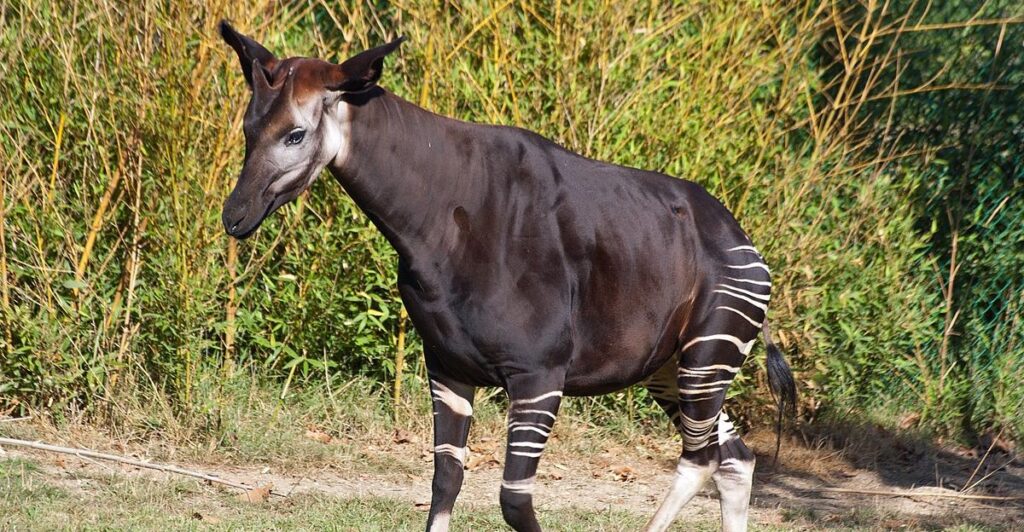
The okapi was discovered just over a century ago and has remained a mystery for ages. Native to Congo’s rainforests, they are part zebra, part giraffe, which makes them unique. Their long, blue tongue helps them grab leaves, while stripes on their legs create a natural camouflage.
5. Pangolin: The Armored Rainforest Forager
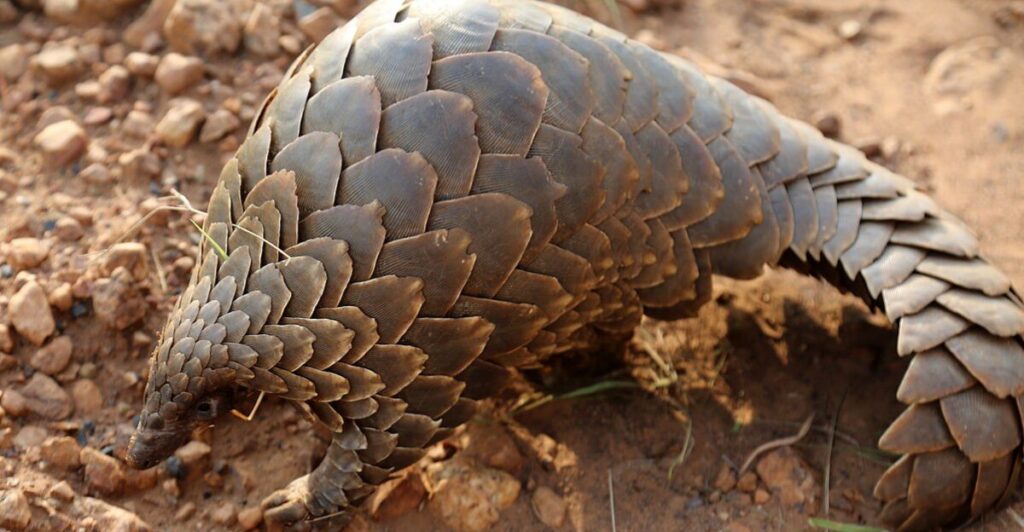
Covered in tough, overlapping scales, pangolins scour the rainforest floor for ants and termites. They are found in Southeast Asia and Africa and roll into a tight, armored ball to protect themselves from predators. Sadly, they are among the most trafficked animals, which highlights the need for global protection.
6. Umbrellabird: Crest That Turns Heads
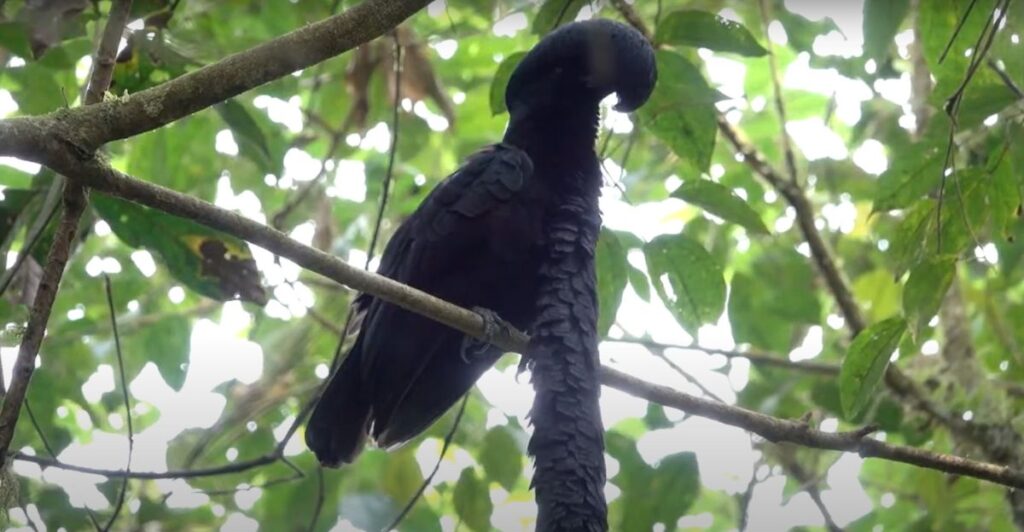
How about a bird with a built-in umbrella? The umbrellabird sports a feathery crest that’s impossible to ignore. Found in Central America, its resonating mating call booms through the treetops and makes it a true rainforest headliner.
7. Electric Eel: The Shocking River Dweller
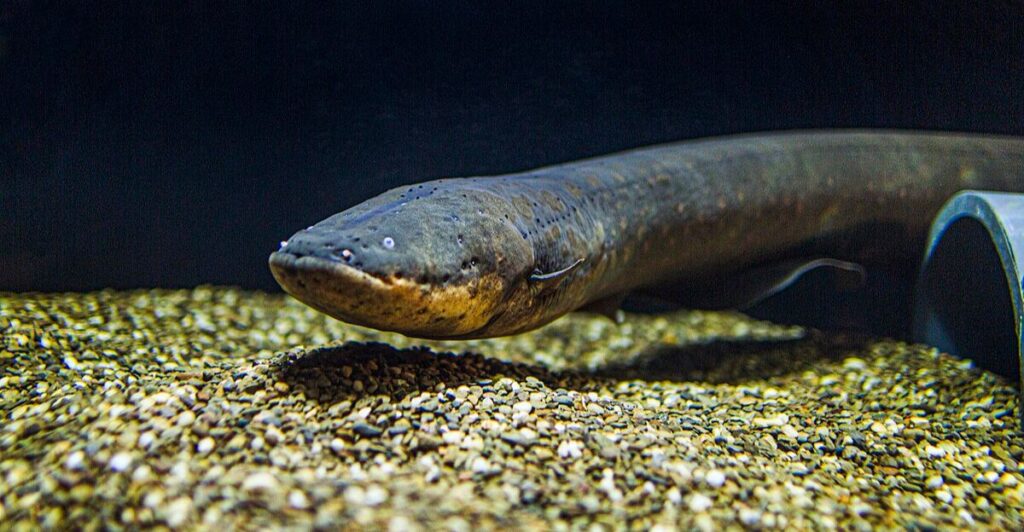
Hiding in the murky waters of the Amazon Basin, the electric eel can deliver shocks up to 860 volts. Nature’s battery packs, anyone? The incredible adaptation helps them stun prey and deter predators. Despite the name, they are more closely related to catfish than true eels.
8. Giant Otter: Social and Sleek
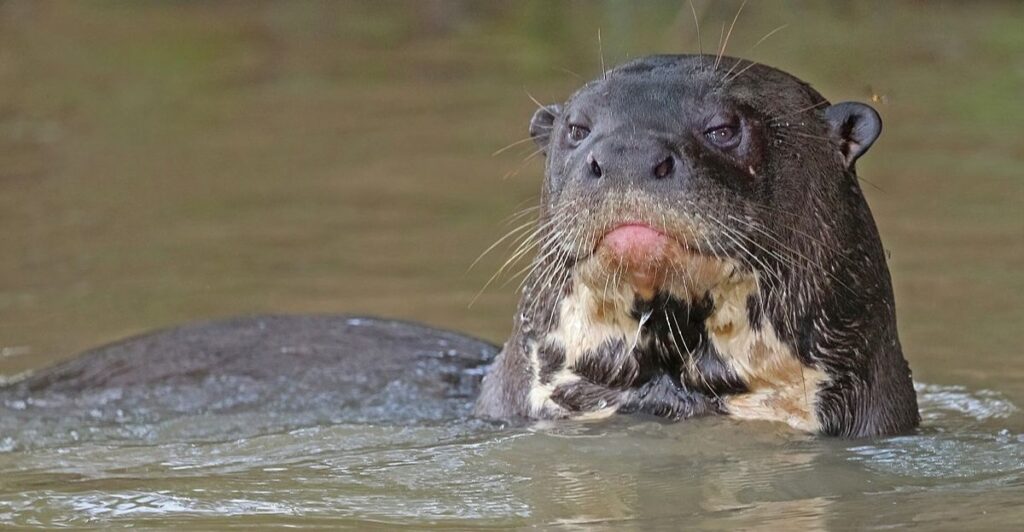
Giant otters dominate South America’s waterways. Living in groups called “rafts,” the playful predators hunt fish using coordinated strategies. At up to six feet long, their streamlined bodies are built for speed. Watching them interact reveals their sophisticated social structure.
9. Harpy Eagle: Talons Like Daggers
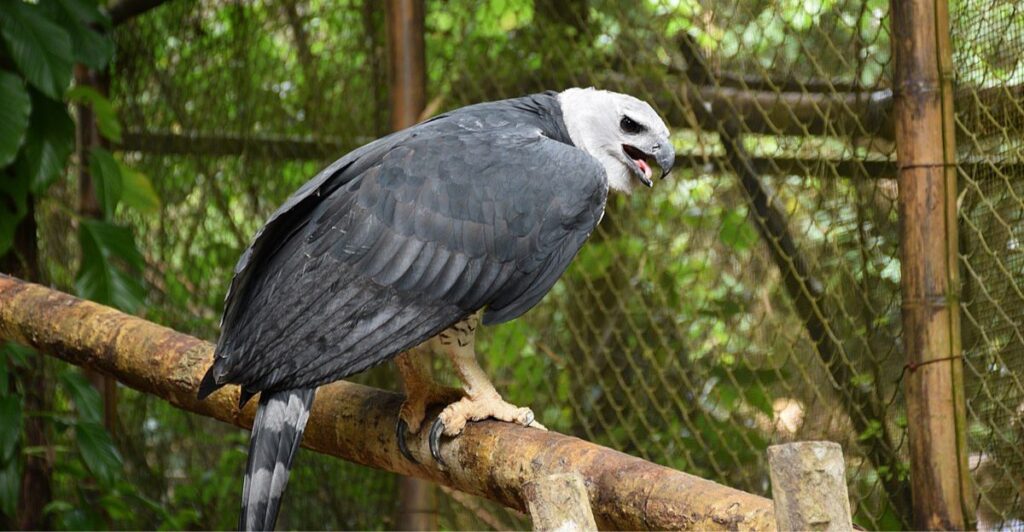
This fierce predator has talons the size of grizzly claws! They rule the skies of South American rainforests that hunt monkeys and sloths. The striking feather crown and wingspans of up to seven feet add to the royal demeanor.
10. Tamandua: The Lesser Anteater of the Trees
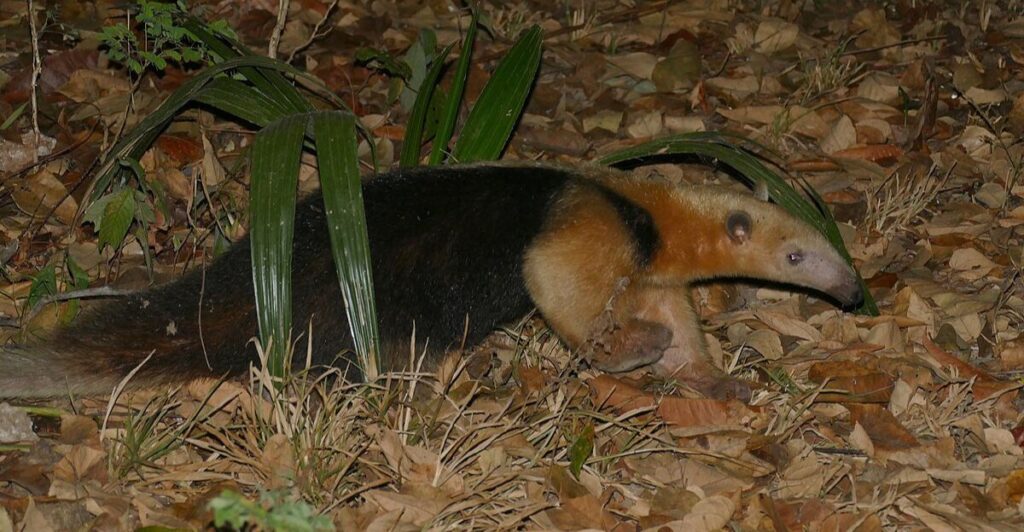
Tamanduas, or tree anteaters, roam Central and South American rainforests, snacking on ants and termites with their sticky tongues. They often rest in hollow trees during the day and forage at night. Armed with strong claws, they can defend themselves even against jaguars!
11. Goliath Beetle: The Bug That Defies Belief
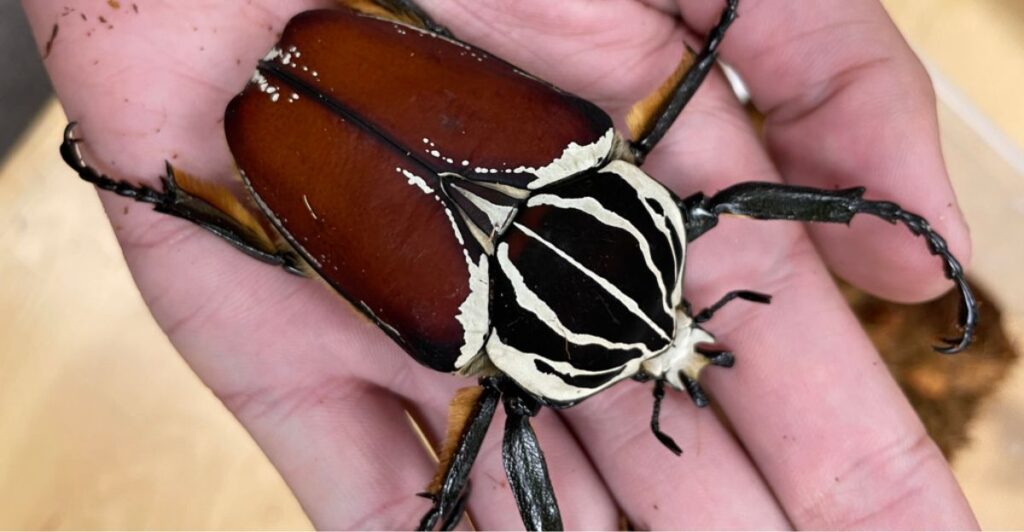
Picture an insect that can weigh as much as a sparrow! The Goliath beetle from African rainforests displays incredible strength and can lift up to 850 times its weight. This hefty bug feeds on tree sap and fruit, proving size matters in the insect world.
12. Bald Uakari: The Red-Faced Enigma
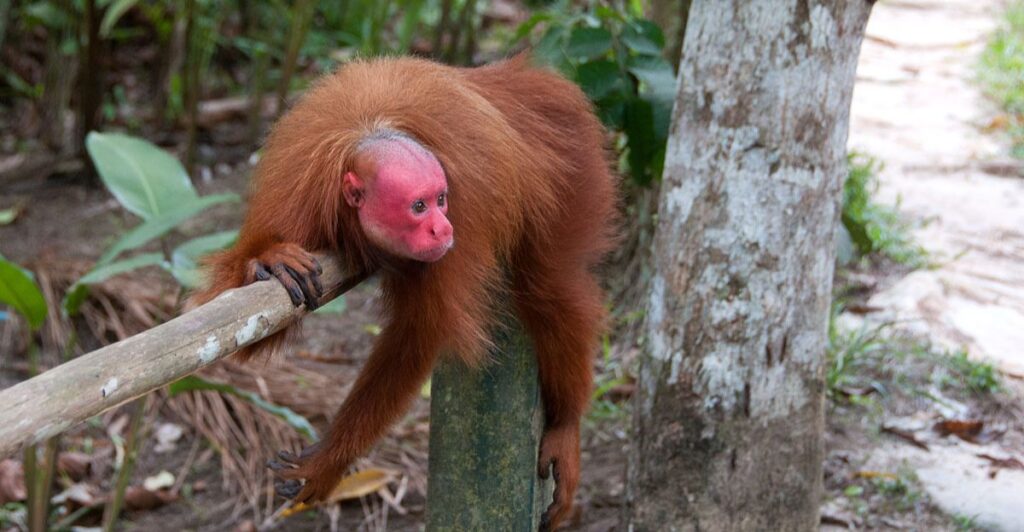
What does a bald monkey with a crimson face tell you? In bald uakaris, redness signals health. Their short tails provide the ideal adaptation for life among the treetops in the Amazonian floodplains. These primates prefer wet habitats and socialize in groups.
Stay connected with us for more stories like this! Follow us to get the latest updates, or hit the Follow button at the top of this article, and let us know what you think by leaving your feedback below. We’d love to hear from you!







